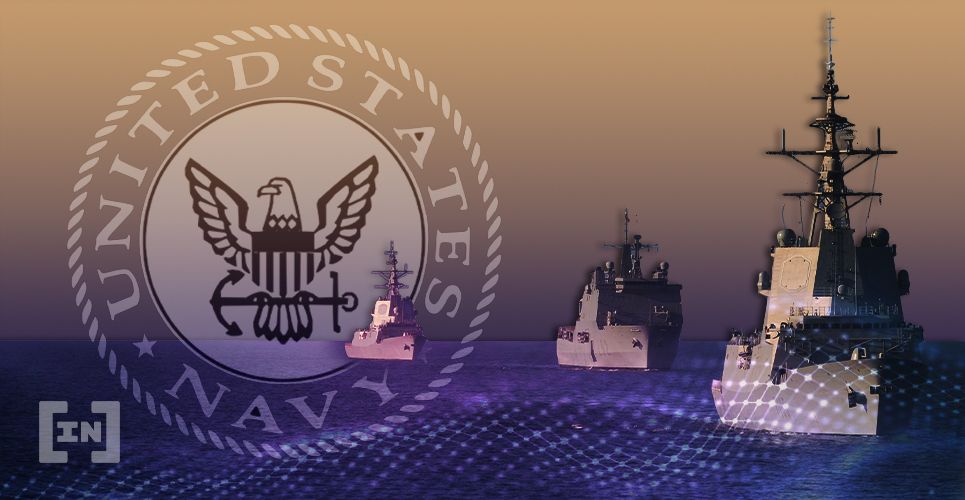The U.S. Navy is facing a tricky situation regarding the supply chain of component production for its warships. According to Richard Spencer, the U.S. Navy’s top civilian contractors have been reduced to relying on political adversaries like China and Russia for the production of these components.
The difficulty centers largely on the hegemony gained by these superpowers through their international control. For example, China’s Belt to Road initiative creates debt structures in developing countries. However, this could lead to unhelpful levels of control over manufacturers in those nations.

US Navy Cutting Dependence on Adversaries
Spencer’s concerns were piqued recently when the Italian manufacturer Fincantieri was chosen as a finalist to build a new warship. The difficulty lies in the fact that Italy has recently accepted Belt and Road help from China, putting its loyalties into question. Spencer stated:“We did have a very open conversation with the executive management of Fincantieri saying: ‘Show me the firewalls.’ Fincantieri is not a government-controlled entity . . . but if it’s sitting in a country that has just signed up to Belt and Road, we had to go out and ask and we had to go out and see.”The solution is apparently not solvable by local suppliers either. Little to no investments into local manufacturing have come even amid the growth in military spending. The problem lies primarily in the chaotic financing decisions coming from Washington. Without local supply chain options, and with tenuous overseas connections, the US Navy finds itself in a bind. Given the complexity that is already associated with the need for intellectual security related to military weaponry, finding new solutions is becoming critical.

Blockchain Technology on the Case
The best solution for the U.S. Navy may well come in the form of blockchain technology. Whereas sensitive information could be insecure on international servers where components are made, the budding technology may offer solutions. Blockchain delegates access to information to the holders of private keys. A blockchain that protected the information and limited access only to private key holders would offer complete security for governmental data. What’s more, blockchain technology could also help to protect parts and limit any kind of tampering in the manufacturing and transportation processes. By stamping each individual component with its own key, each movement would be logged as an immutable transaction. The result would be complete data certainty over multiple venues. While the U.S. Navy may continue facing challenges, the ingenious technology that gave rise to Bitcoin may be the best solution possible. In spite of the aversion to blockchain generally, the growing need may force the U.S. government to tip its hand and accept the help it needs.Did you know you can trade sign-up to trade Bitcoin and many leading altcoins with a multiplier of up to 100x on a safe and secure exchange with the lowest fees — with only an email address? Well, now you do! Click here to get started on StormGain!
Disclaimer
In adherence to the Trust Project guidelines, BeInCrypto is committed to unbiased, transparent reporting. This news article aims to provide accurate, timely information. However, readers are advised to verify facts independently and consult with a professional before making any decisions based on this content. Please note that our Terms and Conditions, Privacy Policy, and Disclaimers have been updated.

Jon Buck
With a background in science and writing, Jon's cryptophile days started in 2011 when he first heard about Bitcoin. Since then he's been learning, investing, and writing about cryptocurrencies and blockchain technology for some of the biggest publications and ICOs in the industry. After a brief stint in India, he and his family live in southern CA.
With a background in science and writing, Jon's cryptophile days started in 2011 when he first heard about Bitcoin. Since then he's been learning, investing, and writing about cryptocurrencies and blockchain technology for some of the biggest publications and ICOs in the industry. After a brief stint in India, he and his family live in southern CA.
READ FULL BIO
Sponsored
Sponsored

